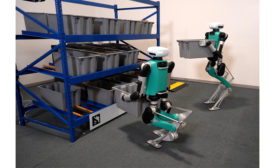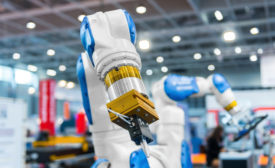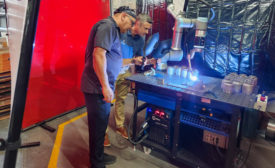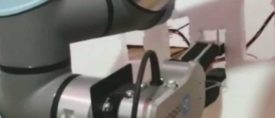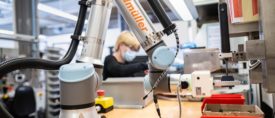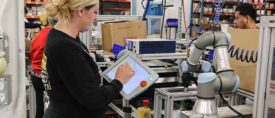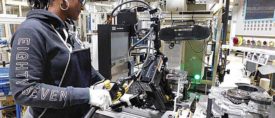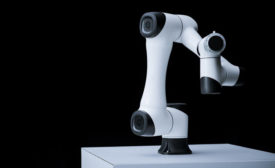Home » Keywords: » collaborative robots
Items Tagged with 'collaborative robots'
ARTICLES
Cobot Welder Boosts Output Tenfold
A manufacturer of exhaust components had nearly given up trying to automate complex, manual welding processes—until it found cobots.
July 6, 2023
Semiautomatic Welding Cells
Not all welding applications need to be fully automated.
June 26, 2023
Robots, People Collaborate on Product Assembly
A cobot with a special gripper from the Zimmer Group improves ergonomics and productivity on Weidmüller’s assembly line.
April 11, 2023
Cobots Perform Screwdriving and Packaging for Tool Manufacturing Company
Cobots optimize assembly and packaging by 30 percent.
April 7, 2023
EVENTS
Webinar Universal Robots Webinar Universal Robots
10/19/23 to 10/19/24
Contact: Meg K.
Ensure Success With Your Cobot Deployment
Webinar Universal Robots Webinar Universal Robots
11/15/23 to 11/15/24
Contact: Meg K.
Industrial vs. Collaborative Robots for Assembly Applications
Get our new eMagazine delivered to your inbox every month.
Stay in the know on the latest assembly trends.
SUBSCRIBE TODAY!Copyright ©2024. All Rights Reserved BNP Media.
Design, CMS, Hosting & Web Development :: ePublishing
